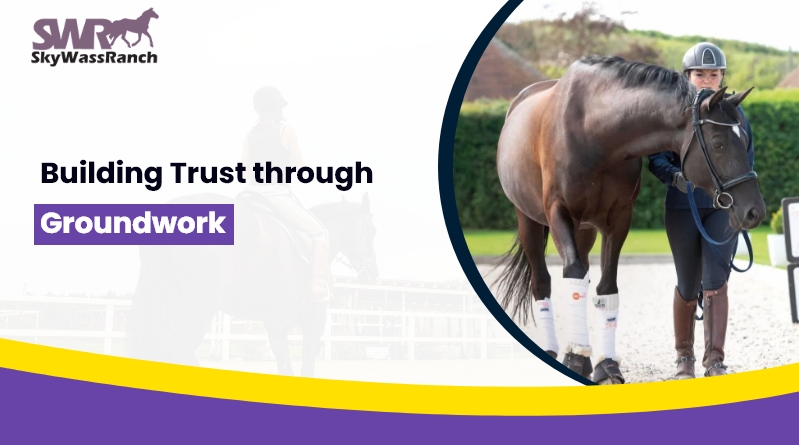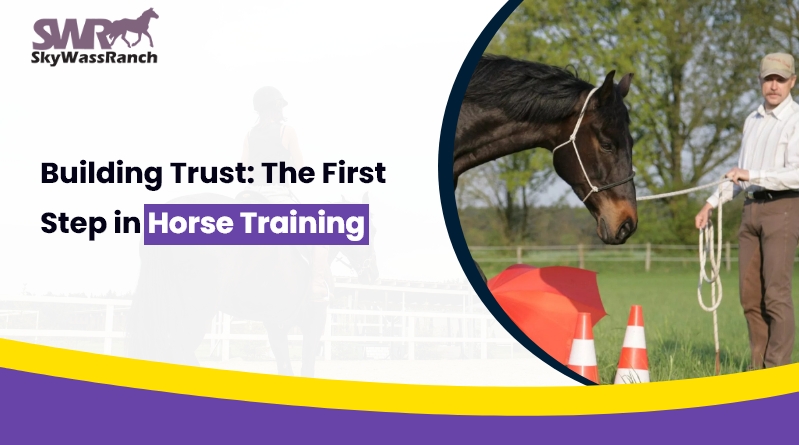The crucial foundation for successfully building trust Keep this in mind. 4 key aspects important for horse training. Trust forms the bond between the horse and the trainer, enabling effective communication and cooperation. In this blog post, we will explore why building trust is essential, the benefits it brings to the training process, and practical tips for establishing trust.
Important Key Aspects for Building Trust in Horse Training
Understanding the Importance of Trust
Trust is the key to establishing a harmonious relationship with your horse. They are naturally herd animals and rely on trust and cooperation for survival. By gaining their trust, you create an environment where they feels secure, respected, and willing to learn. Additionally, a trusting is more likely to exhibit relaxed behavior, making the training process smoother and safer for both.
Building Trust through Groundwork
Groundwork is one of the fundamental aspects of building trust to keep in mind while horse training. It involves working with the ground, establishing clear communication and boundaries. Through groundwork exercises such as lunging, leading, and desensitization, they learns to trust the trainer’s guidance and develop confidence in unfamiliar situations. Consistency, patience, and positive reinforcement are crucial during this stage to build trust gradually.

Establishing Trust under Saddle
Once trust is established on the ground, it is time to transition to riding. Introduce the saddle gradually, using desensitization techniques to ensure they feel comfortable and secure. Begin with short, positive experiences on the horse’s back, gradually progressing to more advanced exercises. Maintaining a calm and confident demeanor as the rider reinforces trust and helps the horse understand that they are in safe hands.
The Role of Patience and Consistency
Patience and consistency are essential when building trust with a horse. Every horse is unique, and the timeline for developing trust may vary. It is crucial to listen to the needs and progress at a pace they are comfortable with. Consistency in horse training methods, cues, and expectations helps them to feel secure and understand what is expected of them. Avoid rushing or forcing them into situations they are not ready for, as it can damage trust and hinder progress.
Conclusion
Building trust with your horse is a journey that requires patience, understanding, and consistent efforts. By focusing on establishing trust from the beginning, you lay a solid foundation for a successful horse training partnership. Remember that trust takes time to develop and should never be rushed. Through groundwork, consistent training, and positive reinforcement, you can build a strong bond of the trust, unlocking their willingness to learn and cooperate. Embrace this journey, enjoy the process, and watch as blossoms into a willing and confident partner.

